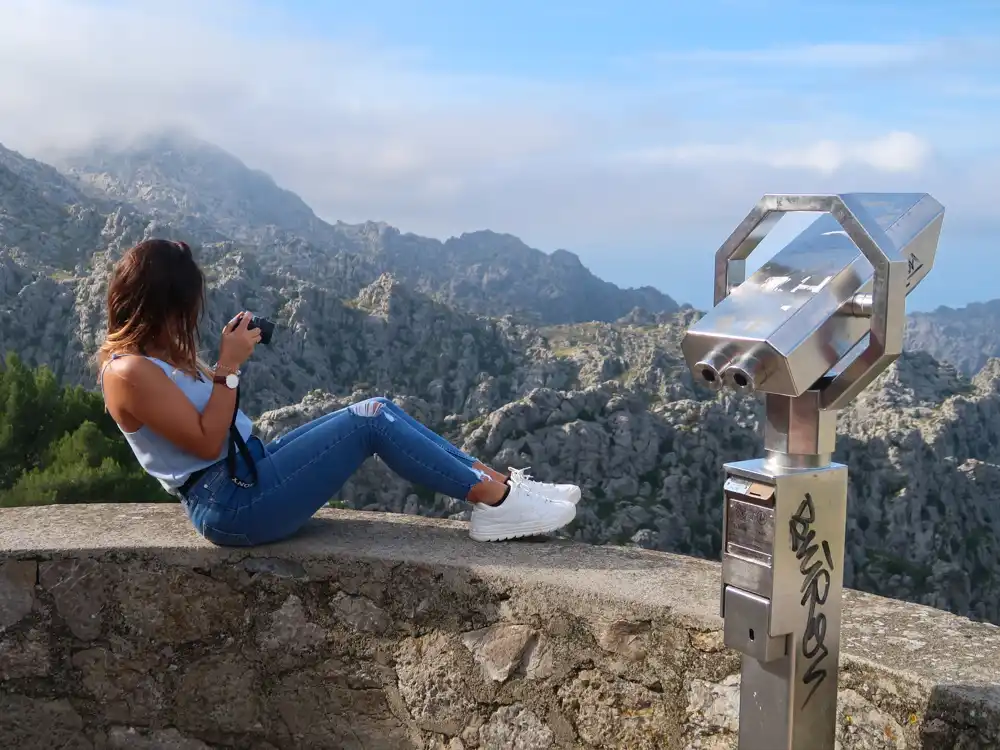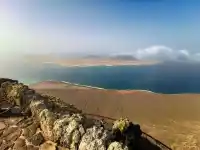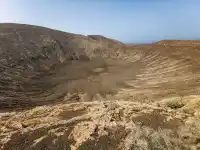What doesn’t kill you either breaks your ankle—or makes you stronger. After today, we’ve experienced a bit of both. Following yesterday’s monastir and his nearby LLuc trail, we don’t feel holy just yet, but at least now we know exactly where to send our prayers in an emergency. Today’s goal? Sa Calobra & Torrent de Pareis – the legendary ascent from from the most secret port in Mallorca.
Port de Sa Calobra
Where the road twists like a snake with vertigo. Coming off the main road beneath Puig Major (1,436 m – the highest peak in Mallorca, though off-limits due to a military radar), we turn onto the legendary Ma-2141. Nine kilometers of pure asphalt madness. Driving to Sa Calobra feels like strapping into a rollercoaster—except your only safety measure is a handbrake and blind faith in physics.
This iconic serpentine road, also known as “Via de Nus de Sa Corbata” (The Tie Knot Road), is beloved by motorcyclists, cyclists, adrenaline junkies, and petrol-fueled lunatics.
Cycling downhill




We tackled it on our road bikes two years ago. Let’s just say it was both an endorphin rush and a near-death experience.
At the end of this asphalt intestine lies Port de Sa Calobra – a hidden bay nestled beneath the sheer cliffs of the Tramuntana Mountains. It looks like a postcard from your final vacation before the afterlife. You’ll find Cala Sa Calobra, one of Mallorca’s most secluded beaches, accessible only through two dramatic tunnels carved into the rock. The air smells like sea salt, cigarette smoke, and mild parking despair.
Torrent de Pareis


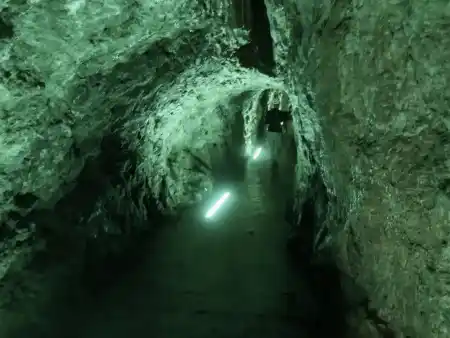

A Trail That Hates the Weak. We begin our hike through Torrent de Pareis. Calling this a hike feels generous—it’s more like a breakup with your comfort zone. At the start, we look confident. Worst case, we turn around, right?
Wrong. And also not okay.
Torrent de Pareis means “Stream of Two” – two rivers that merge in a deep limestone canyon, carved by water over millions of years. The route is a dry riverbed. You’re hopping boulders, sliding across stones, using your hands, your butt, or your dignity. Sometimes all three at once.
A 600-meter elevation gain over 7 kilometers doesn’t sound awful—until you break it down into slippery chutes and narrow rock traps. Your glutes are on fire and your ego’s in pieces. We might have overestimated our fitness, but we’re glad we came. Because suddenly, after hours of panting and scrambling, you find yourself above the Lluc Monastery, on land where even the trees have given up on growth.
Totally Wrecked—As We Should Be
We wrap up the day in our signature way. Playa de Muro. Beer. Sea. Sand. Another beer. Barefoot dancing, bragging, laughter, more beer. A bottle of Faustino VII Rioja on the table—not an opera singer, but a fine red. Fresh seafood from the local market. We’re sunburned, sore, and ridiculously satisfied.
Planning the next day: “Let’s do something easy tomorrow…” (cue sarcastic laughter). GR221 across Coll de Prat and Puig de Massanella. If we die, let it be from beauty.
Good to Know—And Pay For in Sweat



🏞 Torrent de Pareis – A Legendary Climb
- Declared a Natural Monument in 2003.
- It’s the most famous canyon hike in Mallorca—and also one of the hardest (outside of via ferratas and technical climbs).
- Featured in several Spanish thrillers and films.
- Starting from Sa Calobra is dramatic, but significantly harder than starting from the top.
- In summer, it becomes a natural sauna. Be smart. Bring water.
🌀 Sa Calobra Road – A Cyclist’s Rite of Passage
- The ride from the port back to the main road climbs nearly 700 meters.
- Every pro cyclist training in Mallorca knows it. We tried it two years ago. Our lungs almost left through our ears.
- Twisted stats: 12 km, 7% average grade, 26 hairpin turns, and the longest straightaway is about 10 meters.
Torrent de Pareis Hiking Tips

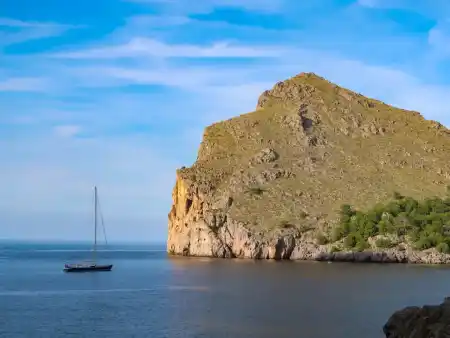

Best Time to Go
- April–June or September–October: mild weather, safer conditions.
- Summer is a no-go: extreme heat + no water = express ticket to the ER.
- Winter: risky—wet, slippery, or even flooded.
What to Bring
- Solid hiking boots – no sneakers, no debate.
- At least 2.5L of water – there are no water sources.
- Light food and snacks – jamón and baguette are always winners.
- Offline GPS or maps – don’t count on signal inside the canyon.
- Optional: gloves – if your hands are sensitive, the rocks will humble you.
Sa Calobra and Torrent de Pareis doesn’t let you pass easily. It will steal your breath, burn your thighs, and then repay you—with a view, with a memory, and with proof that if you’ve got legs and stubbornness, you can survive Mallorca without a beach lounger.

